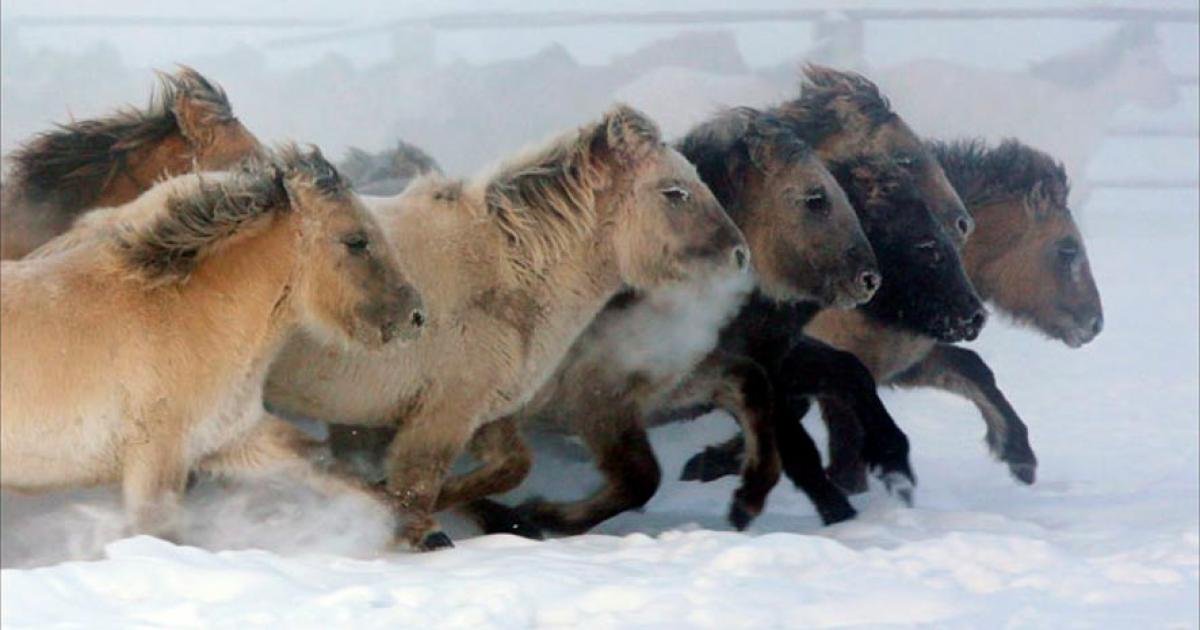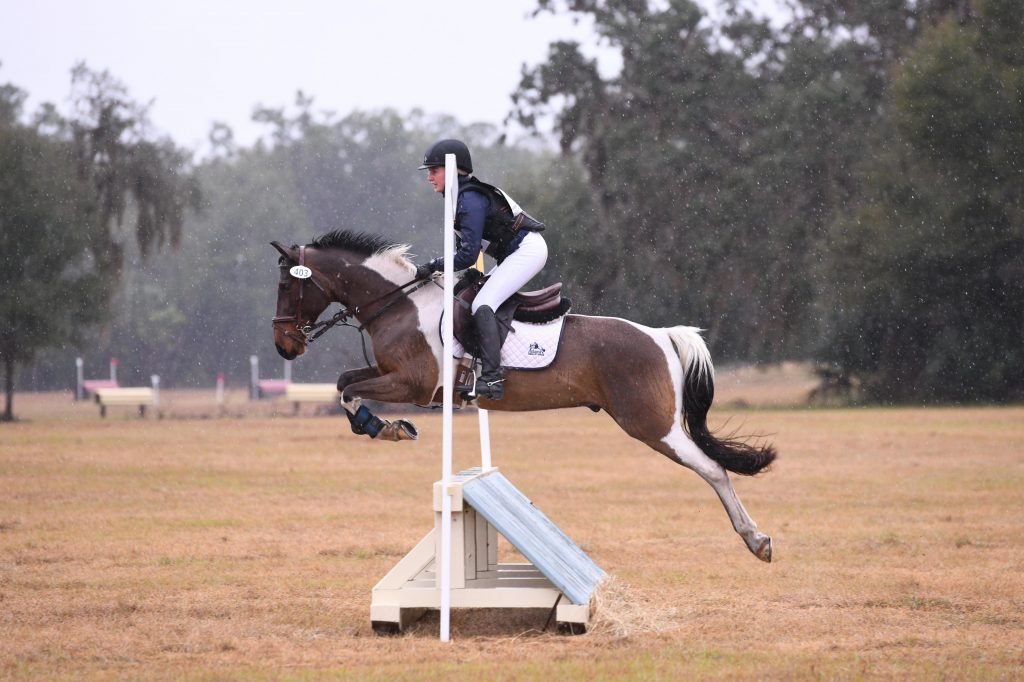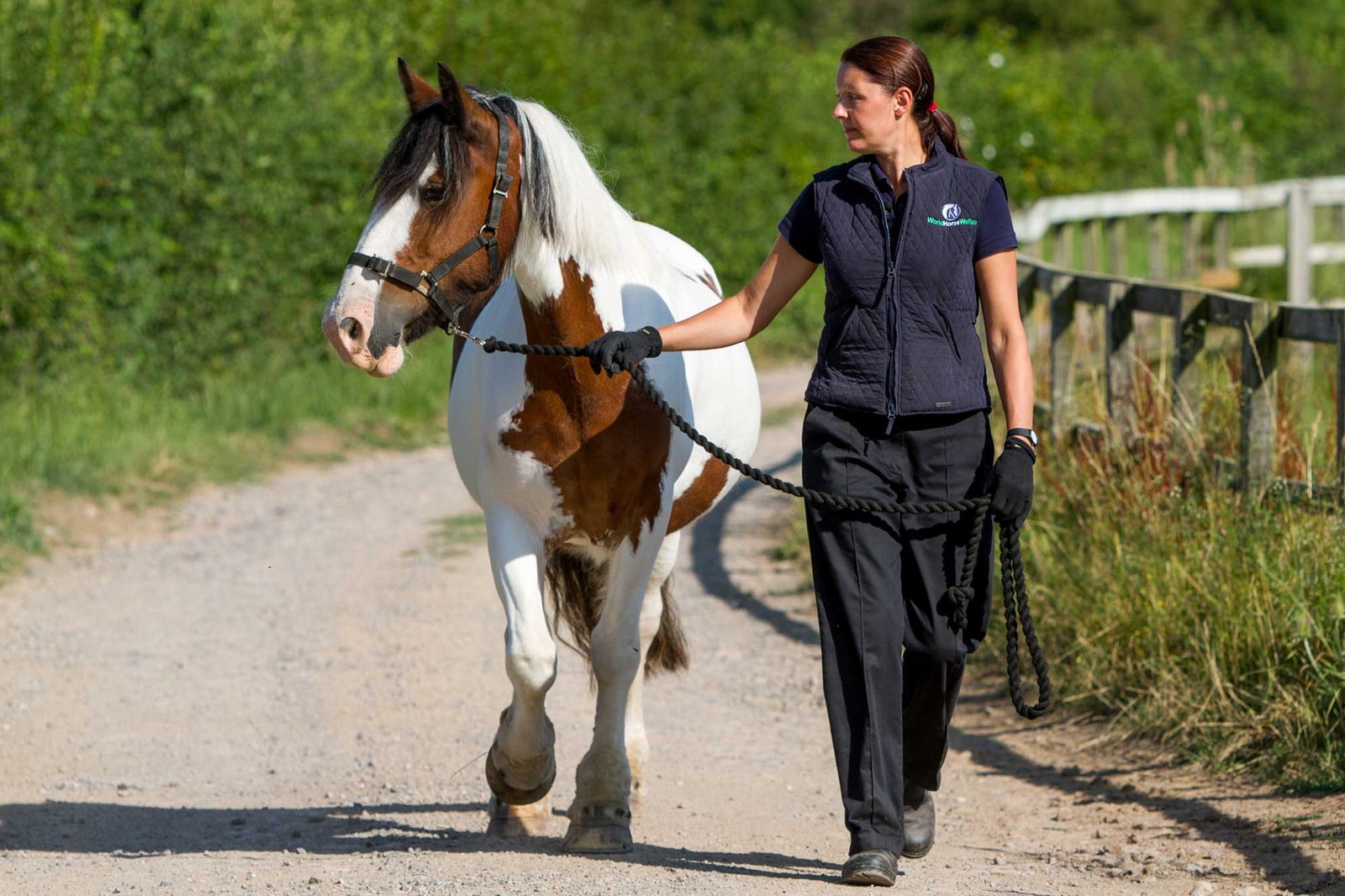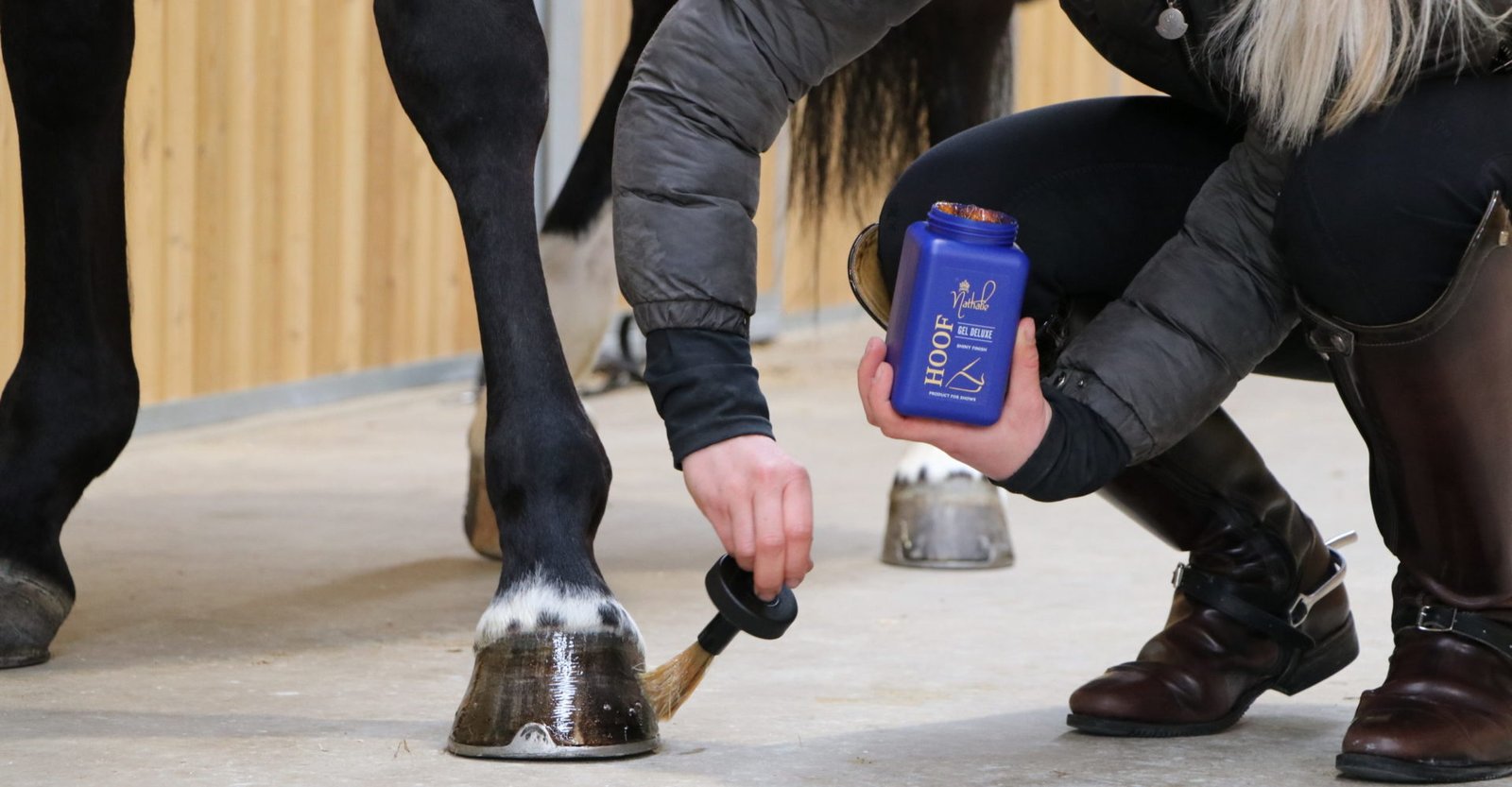Trail riding can be an enjoyable and rewarding activity for both ponies and their riders. However, training a pony for trail riding requires patience, consistency, and the right techniques to ensure safety and confidence on the trails. This guide walks you through essential steps to prepare your pony for successful trail rides.
1. Build a Strong Foundation with Groundwork
Before venturing onto trails, it’s crucial to establish trust and respect between you and your pony. Groundwork builds the foundation for safe and effective training.
Key Steps:
- Teach your pony to lead calmly, stop, and turn on command.
- Practice yielding exercises to improve responsiveness.
- Desensitize your pony to ropes, tarps, and other objects that mimic trail obstacles.
Why It Matters: Groundwork establishes communication and helps your pony stay calm in new environments.
2. Desensitize Your Pony to Common Trail Stimuli
Trails present numerous challenges, such as wildlife, water crossings, and uneven terrain. Preparing your pony for these situations minimizes the risk of spooking.
Training Tips:
- Introduce your pony to noises like rustling leaves or barking dogs.
- Practice walking over poles, small logs, or tarps to simulate trail obstacles.
- Use gradual exposure to larger distractions, such as bicycles or vehicles, in a controlled setting.
Pro Tip: Reward your pony with treats or soothing words when they remain calm.
3. Familiarize Your Pony with Tack
Ensure your pony is comfortable with the tack used during trail rides, including the saddle, bridle, and any additional equipment like saddlebags.
Checklist:
- Check for proper fit to avoid discomfort or chafing.
- Start with short sessions to acclimate your pony to wearing tack.
- Practice tacking up and mounting in a calm environment before hitting the trails.

4. Introduce Riding in a Safe Environment
Before venturing into unfamiliar trails, practice riding in a secure and familiar area, such as a paddock or arena.
Exercises to Try:
- Walk your pony through simple patterns like figure eights to improve control.
- Practice stopping, starting, and turning at different speeds.
- Gradually increase the duration of rides to build stamina.
Goal: Build confidence in both you and your pony by mastering the basics.
5. Start with Short, Familiar Trails
When transitioning to trail riding, choose short, low-risk routes that your pony can navigate easily.
Steps to Take:
- Walk the trail on foot beforehand to identify potential hazards.
- Ride with an experienced horse or pony as a calming influence.
- Keep initial rides brief to avoid overwhelming your pony.
Tip: Always ride with a buddy when starting out for added safety.
6. Train for Water Crossings and Inclines
Many trails include streams, puddles, or hills that can intimidate an untrained pony.
Water Training:
- Start with shallow puddles before progressing to streams.
- Allow your pony to investigate the water at their own pace.
- Use encouragement rather than force to build trust.
Hill Training:
- Teach your pony to walk up and down small inclines while maintaining balance.
- Focus on a steady pace to avoid rushing or stumbling.
7. Develop Your Pony’s Stamina and Endurance
Trail riding requires physical fitness. Gradually increase your pony’s endurance through consistent training.
Fitness Plan:
- Begin with 15–20 minute rides and extend duration over time.
- Incorporate trot intervals to build cardiovascular strength.
- Include varied terrain to strengthen your pony’s muscles and joints.
8. Teach Calm Responses to Sudden Surprises
Even well-trained ponies can encounter unexpected situations on the trail. Training them to remain calm is essential.
Drills to Practice:
- Stop and stand still on command.
- Use desensitization exercises with sudden movements or sounds.
- Practice riding past “scary” objects, like umbrellas or flags, in a safe environment.
Reinforce Calm Behavior: Praise your pony for maintaining composure, even if they hesitate initially.
9. Monitor Your Pony’s Behavior and Comfort
Pay attention to your pony’s signals during training and trail rides. Signs of stress or discomfort may include tail swishing, head tossing, or reluctance to move.
What to Do:
- Take breaks during longer rides to rest and hydrate your pony.
- Adjust tack as needed to ensure comfort.
- End sessions on a positive note to reinforce good experiences.
10. Prioritize Safety at All Times
Trail riding introduces a variety of risks, so it’s essential to prioritize safety for both you and your pony.
Safety Tips:
- Wear proper riding gear, including a helmet.
- Carry essentials like a first-aid kit and phone.
- Inform someone of your route and expected return time.
Conclusion
Training a pony for trail riding is a rewarding process that strengthens your bond while preparing them for new adventures. With patience, consistency, and positive reinforcement, your pony can develop the confidence and skills needed to enjoy the trails safely. Invest in proper preparation, and you’ll both reap the benefits of trail riding for years to come.











